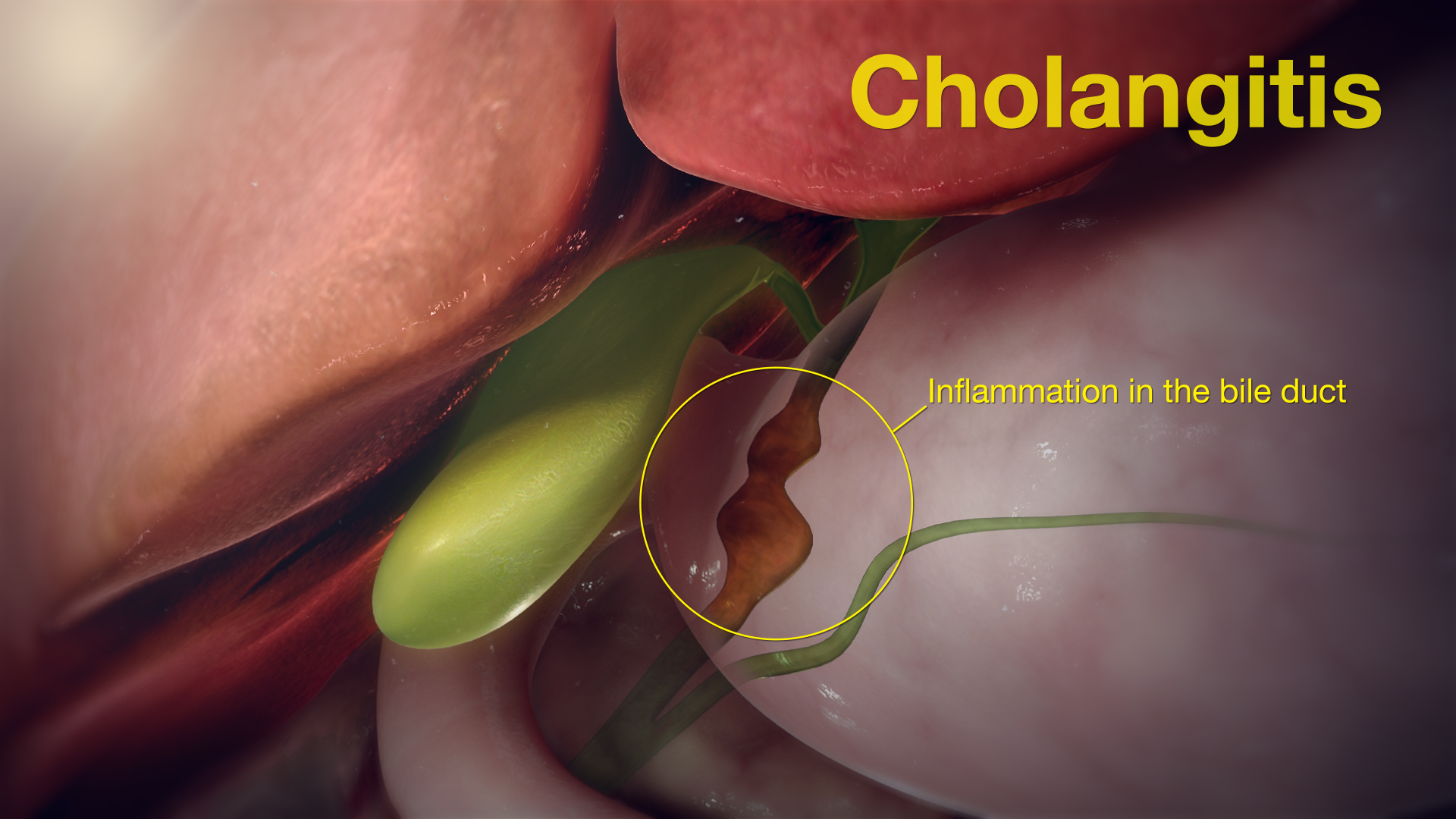Cholangitis is the swelling and redness in the bile duct. The function of the bile duct is to carry bile from the gallbladder and liver to the small intestine. Bile is a fluid that helps in eliminating waste from the liver and also helps in digestion and absorption of fat from the food. Cholangitis is inflammation of the bile duct. It is a liver disease. Cholangitis is more common in women.
Cholangitis is of four types. These are:
- Primary biliary cholangitis (PBC)
- Primary sclerosing cholangitis (PSC)
- Secondary cholangitis
- Immune cholangitis
Cholangitis can also be classified into acute or chronic. In acute cholangitis, the liver gets damaged suddenly and symptoms develop very quickly. In chronic cholangitis, the symptoms may take between 5 to 20 years to develop because it happens very slowly
Symptoms
People with cholangitis may all have different symptoms and in many cases where it is chronic cholangitis, there may not be any symptoms at all. The common signs and symptoms however are:
- Itchy skin
- Fatigue
- Dry eyes
- Night sweats
- Swollen feet
- Bloating
- Pain in bones and joints
- Weight loss
- Diarrhea
- Pain in the abdomen
- Fever
- Jaundice
- Dark urine
- Clay-colored stools
Causes
There are various causes of cholangitis. Chronic cholangitis can usually be caused when the body’s own immune system attacks the bile duct and causes inflammation leading to cholangitis. Hence, it could be an autoimmune disease. Acute cholangitis can be commonly caused due to blockages, tumors, gallstones or bacterial infection. Environmental factors such as chemicals, smoke and infections can cause both acute as well as chronic cholangitis.
Treatment
Treatment of cholangitis would depend on what type of cholangitis it is. Early treatment is very important. To treat acute cholangitis, the doctor usually may prescribe antibiotics and also some procedures in the hospital such as bile duct drainage and intravenous fluids. To treat chronic cholangitis a drug may be commonly prescribed to protect the liver and improve the bile flow but chronic cholangitis itself cannot be treated fully. Treatment can often only include managing the symptoms, procedures to open blocked bile ducts and monitoring liver function.
Early diagnosis and treatment can help in preventing some complications. Quitting smoking and a healthy balanced diet can help in reducing the symptoms of cholangitis.
Disclaimer: The information in no way constitutes, or should be construed as medical advice. Nor is the above article an endorsement of any research findings discussed in the article an endorsement for any of the source publications.









